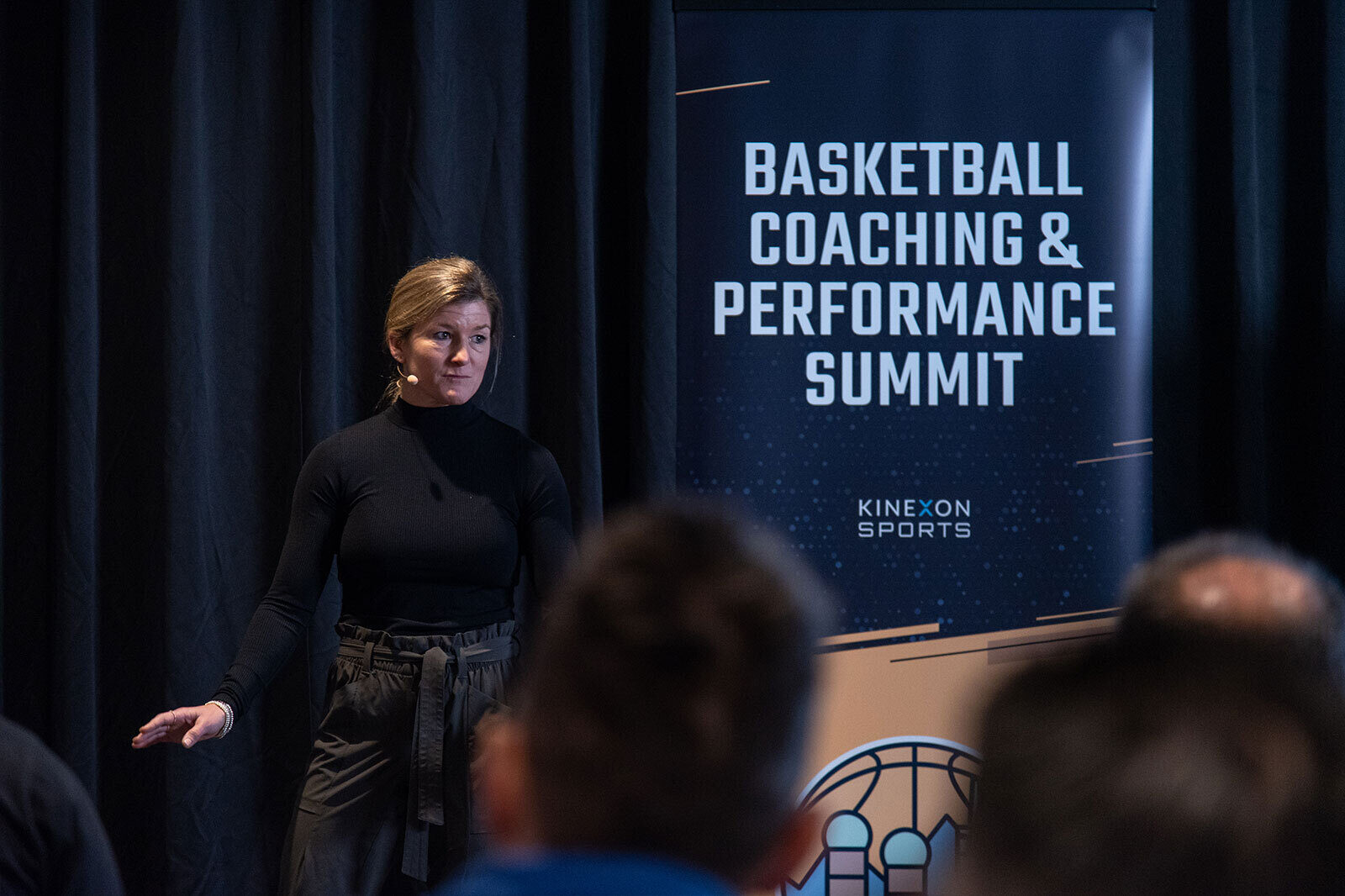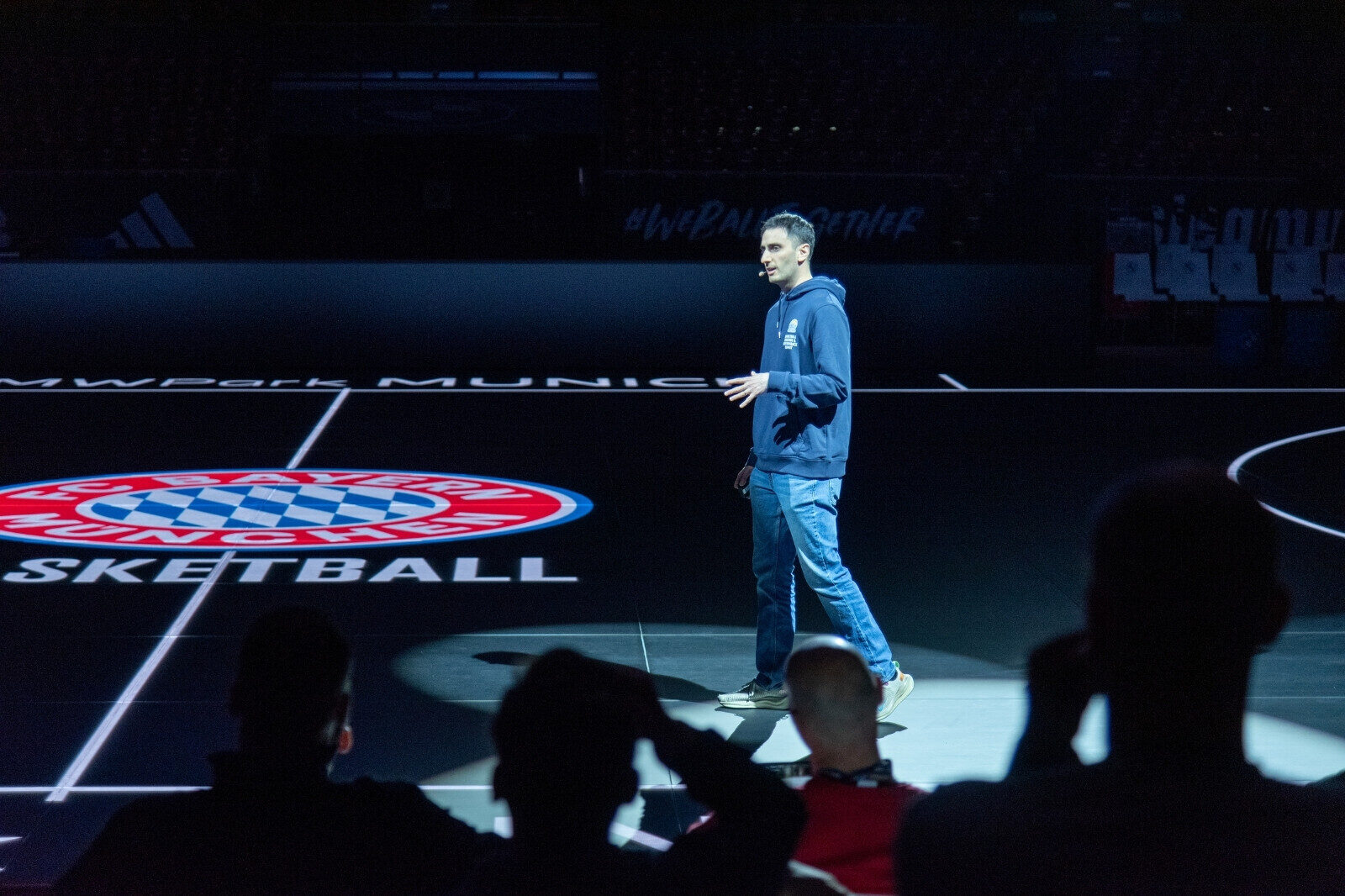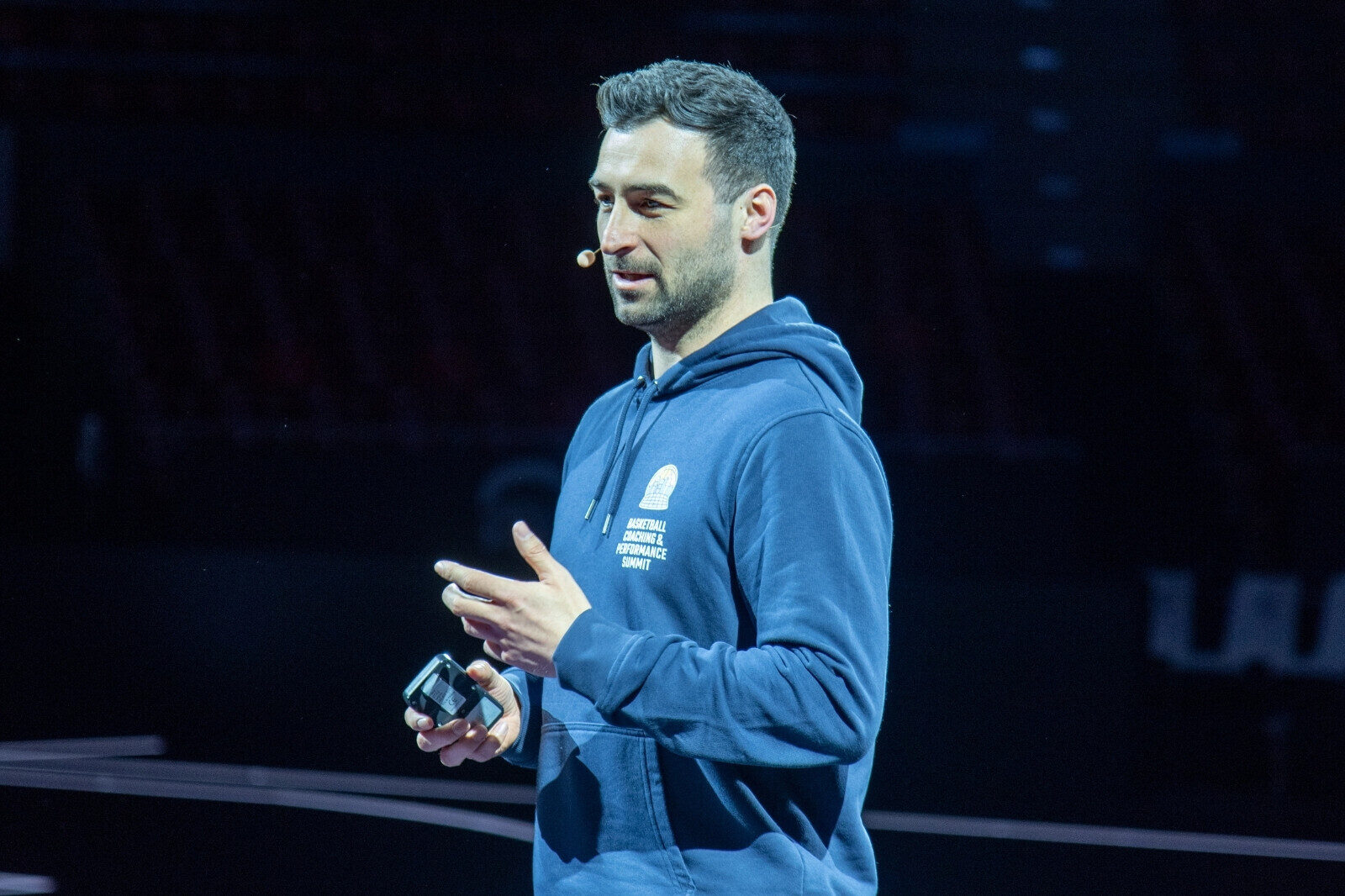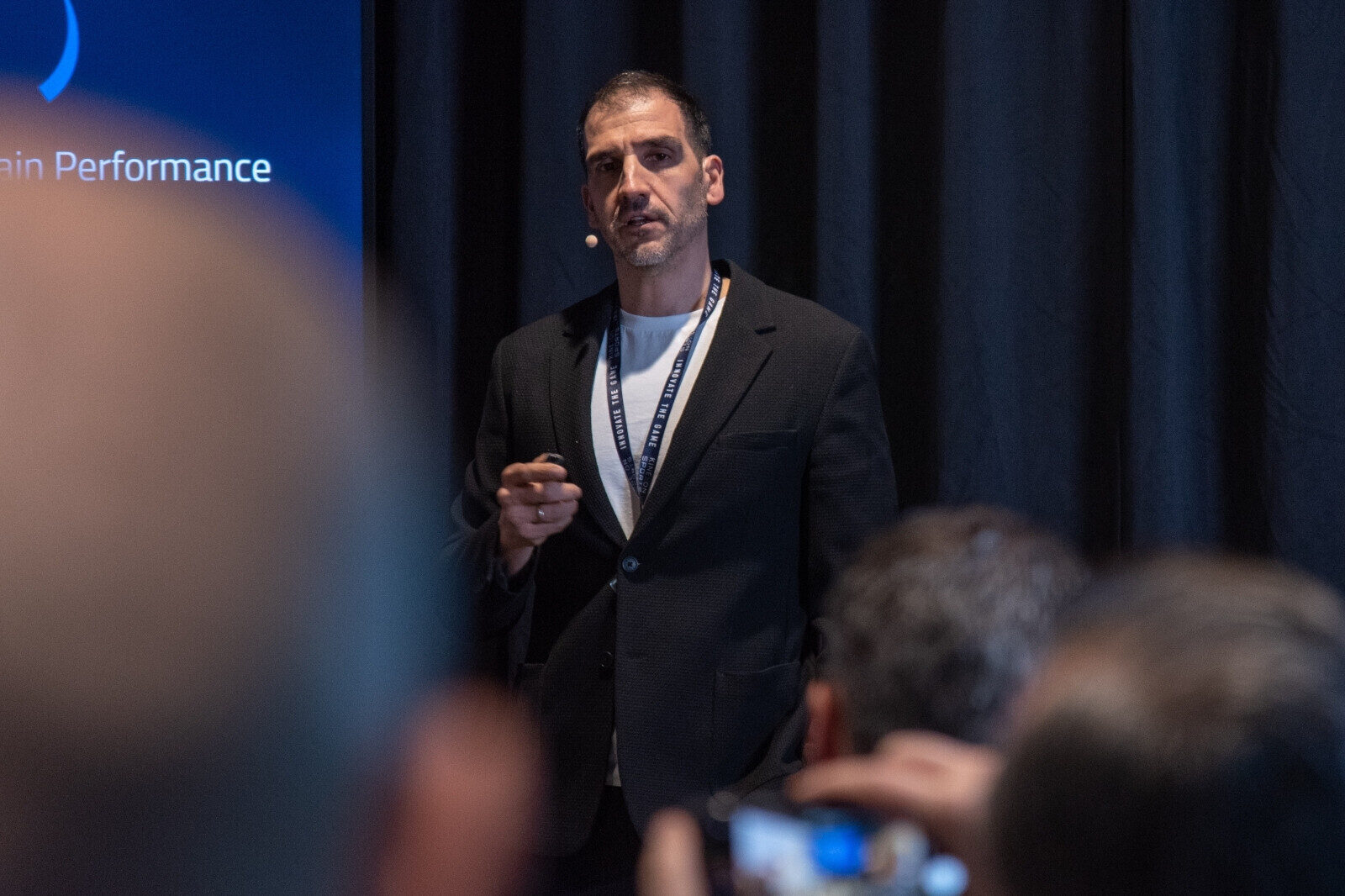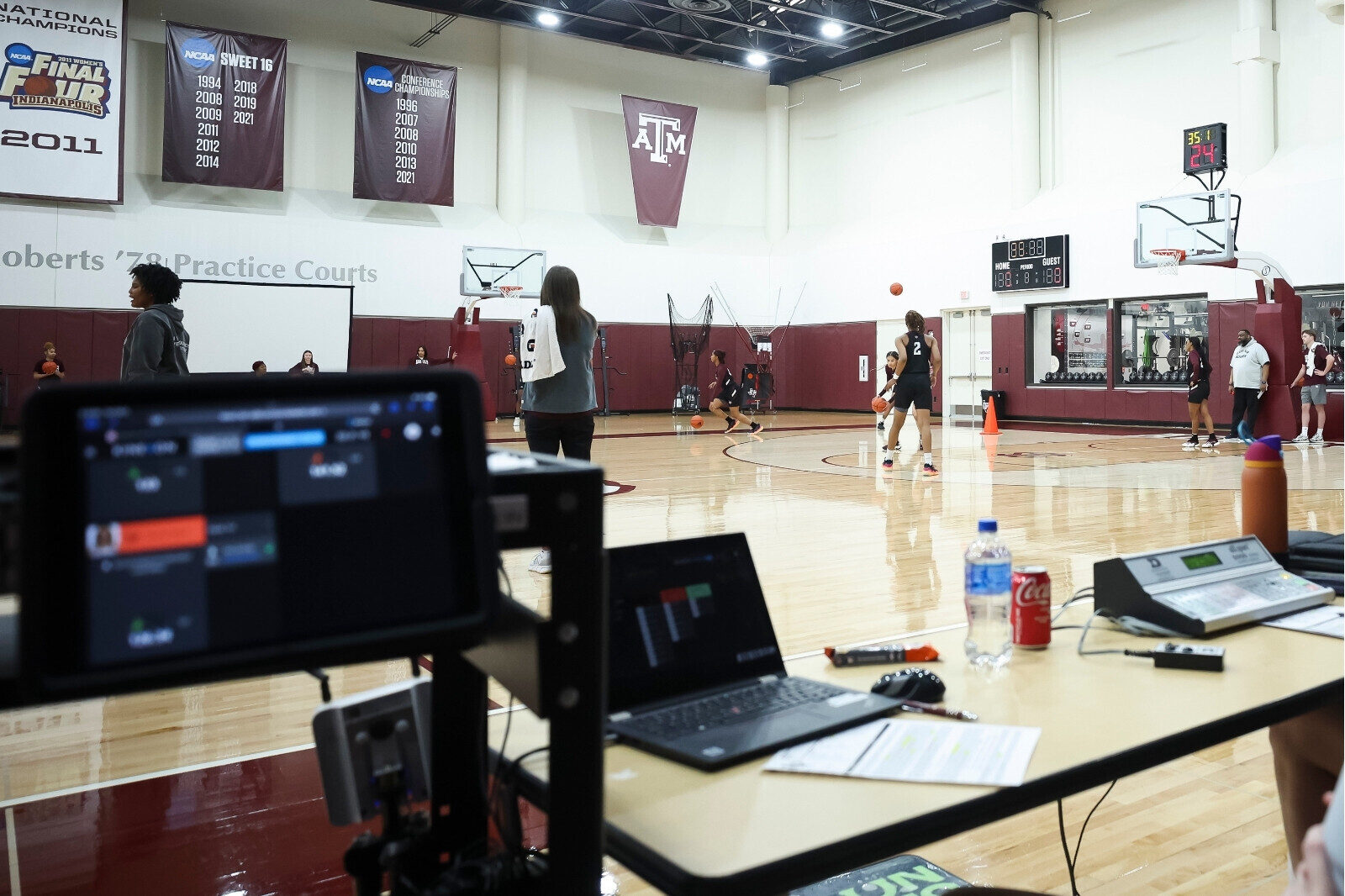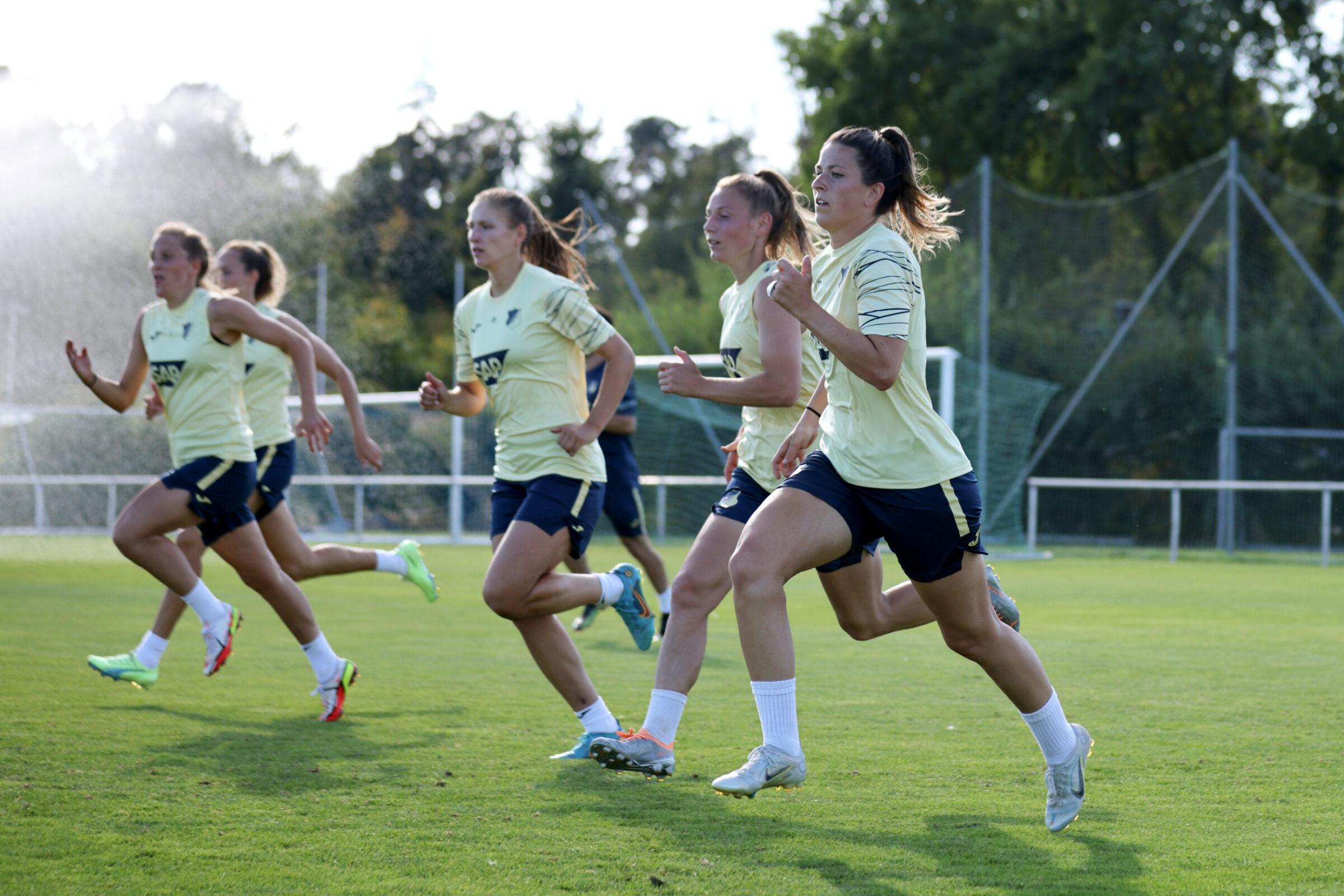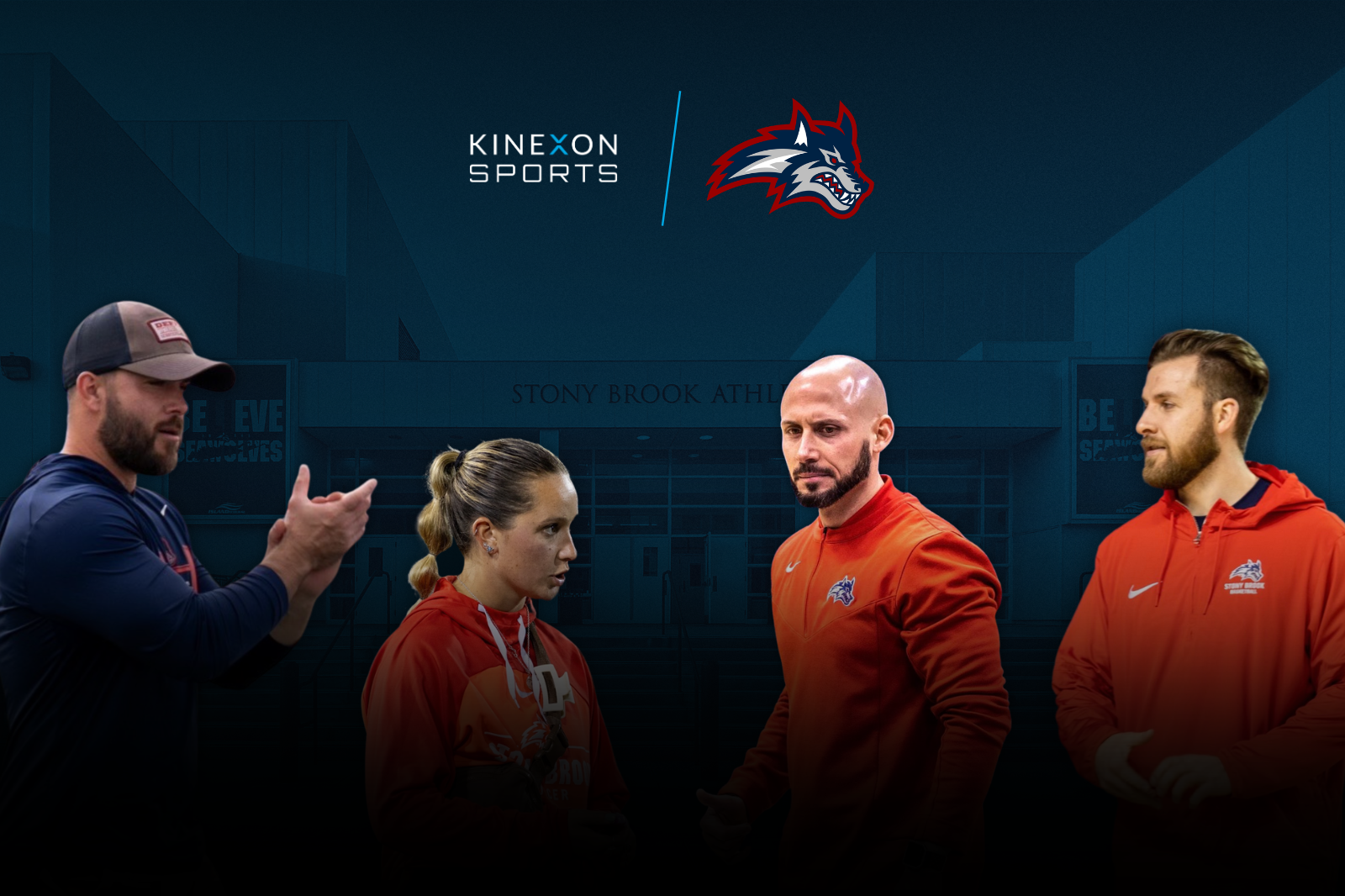The Perfect Training Week: How KINEXON Sports Supports Smarter Coaching Decisions
Every coach knows the feeling – standing on the sidelines before a game, confident that the team is fully prepared. The training week went well, the players were engaged, and everything felt right. And when the final whistle confirms the win, the inevitable question arises:
What made this week so effective? How can we replicate it?

From Intuition to Insight: How Data-Informed Training Optimizes Performance
While there is no single formula for a perfect training week, having the right insights at the right time allows coaches to make more informed decisions and create optimal conditions for peak performance.
This is where KINEXON Sports plays a key role, helping coaches fine-tune training workloads, manage recovery, and optimize performance without adding unnecessary complexity.
Balancing training intensity, workload, and recovery is one of the biggest challenges in coaching. In the past, these decisions were based on experience and observation. While intuition remains invaluable, real-time data insights now provide a level of objectivity that enhances decision-making.
Christoph Tebel explains that at VfL Wolfsburg, KINEXON Sports was initially used to analyze how training loads naturally fluctuated under a new coaching staff. Instead of making immediate changes, they first focused on collecting baseline data to understand:
- The typical workload for each player in training and matches
- How training intensity translated into match-day performance
- Which patterns led to optimal game-day readiness
With this knowledge, adjustments could be made with greater precision and confidence, ensuring players were fully prepared but not overworked.
Recent research underscores the importance of context-specific and long-term monitoring in training load management. A scoping review highlighted that wearable technologies, when used appropriately, can significantly aid in load measurement, training adaptation, and injury prevention strategies.
Supporting Effective Training Management
KINEXON Sports provides an intuitive and practical solution for managing training workload in three key areas:
1. Smarter Load Management
- Goal Settings allow workload targets to be set for each training day.
- Live tracking helps adjust sessions in real time to ensure intensity targets are met.
Unnecessary post-training runs are eliminated – players achieve their workload within the session itself.
A recent discussion in the International Journal of Sports Physiology and Performance emphasized the challenges in training load management, highlighting the necessity for robust, data-informed guidelines while cautioning against arbitrary mandates.
2. Key Metrics That Matter for Coaches
Rather than overwhelming staff with excessive data, Chris focussed on the KPIs that directly impact performance:
- Sprint meters: Ensuring players regularly hit top speeds in training.
- Accelerations & decelerations: Tracking neuromuscular load and explosiveness.
- Total workload over multiple training days: Preventing overload while optimizing long-term performance.
Studies suggest that players who consistently train at match intensity experience better game-day performance and reduced fatigue.
3. Real-Time Adjustments for Individual Players
Coaches can now make on-the-fly decisions instead of adjusting after the session. With real-time data, training can be adapted to:
- Increase intensity for players who haven’t hit their targets.
- Reduce workload for players who have already reached their limit.
- Ensure key performance metrics are met without causing unnecessary fatigue.
A scoping review emphasized that wearable technologies, when used effectively, can significantly aid in load measurement, training adaptation, and injury prevention strategies.
Measuring Success: Performance Gains Without Guesswork
The true value of data-informed coaching is seen in its long-term impact. By using real-time monitoring and informed adjustments, several improvements became clear:
- Players improved sprint speeds over multiple weeks.
- Training loads were better aligned with match demands.
- Injury risks were reduced by proactively managing workload peaks.
By keeping training intensity within an optimal range, teams can reduce fatigue accumulation while maximizing performance gains – a concept validated in workload monitoring studies across elite football and other high-intensity sports.
Conclusion: A Smarter Approach to the “Perfect Week”
While no two training weeks are the same, the ability to fine-tune workload, manage fatigue, and optimize performance gives coaches the best chance of recreating success consistently.
KINEXON Sports simplifies the process by providing real-time insights that are easy to use, relevant to coaching decisions, and proven to enhance performance.
With the right data at the right time, teams can move from good preparation to elite preparation – maximizing every training session and ensuring players are in peak condition when it matters most.
Discover how KINEXON Sports can help you turn insights into action:
References
- Impellizzeri FM, et al. (2020). Training Load and Injury: Causal Pathways and Future Directions. *Sports Medicine.*
- West SW, et al. (2024). Training-Load Management Ambiguities and Weak Logic: Creating Potential Problems and Solutions. *International Journal of Sports Physiology and Performance.*
- Buchheit M, Simpson BM. (2017). Player tracking technology: half-full or half-empty glass? *International Journal of Sports Physiology and Performance.*
- Akenhead R, Nassis GP. (2016). Training load and player monitoring in high-level football: Current practice and perceptions. *International Journal of Sports Physiology and Performance.*

